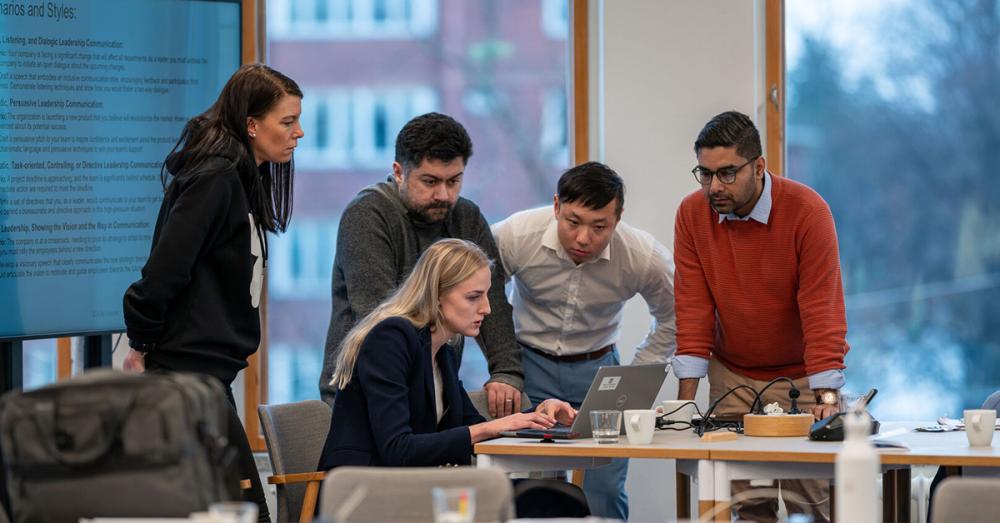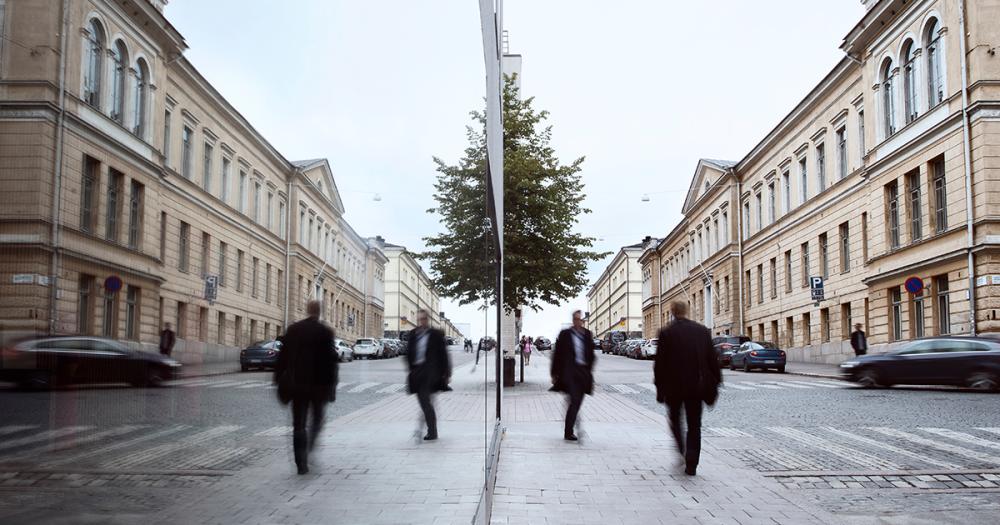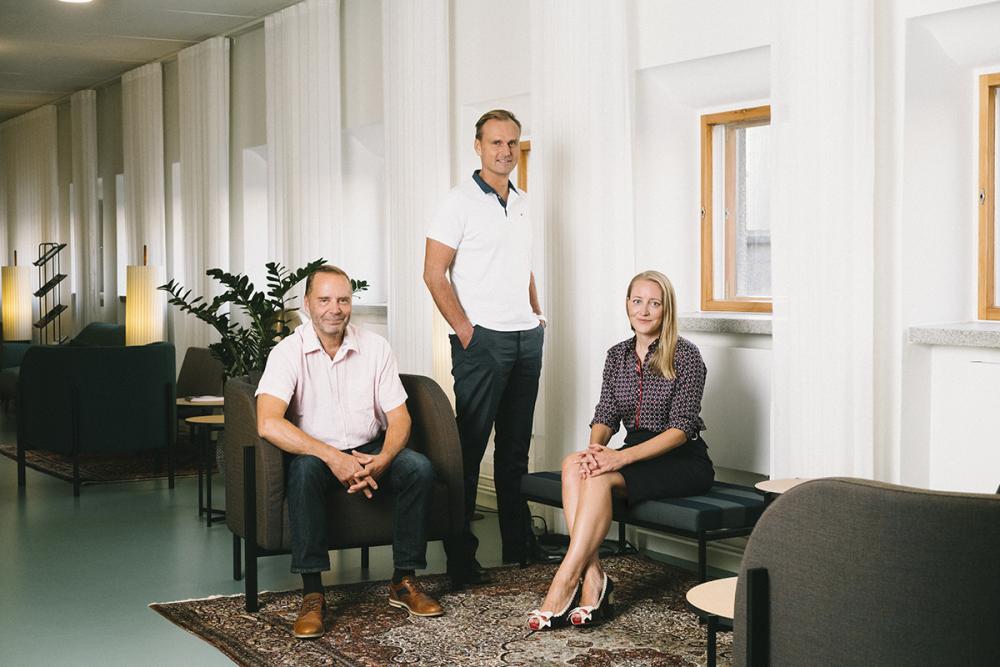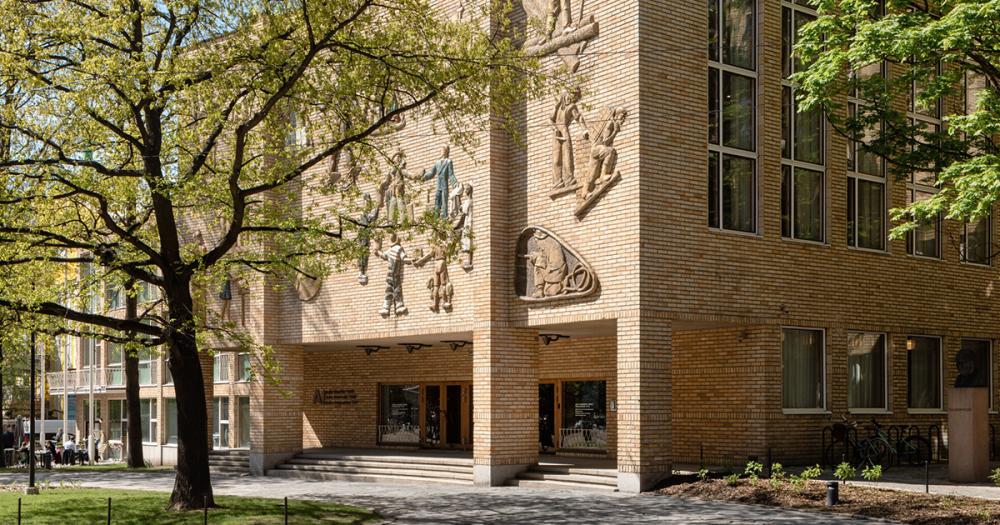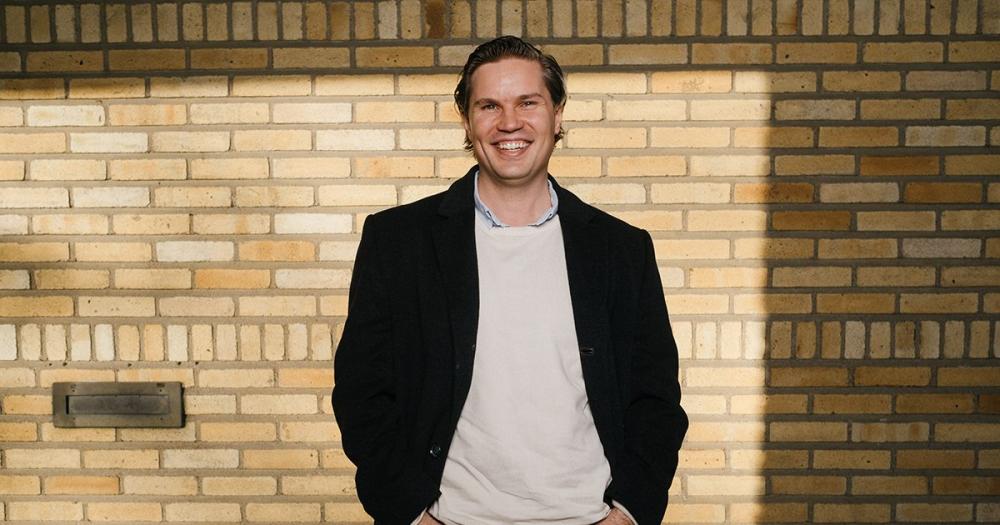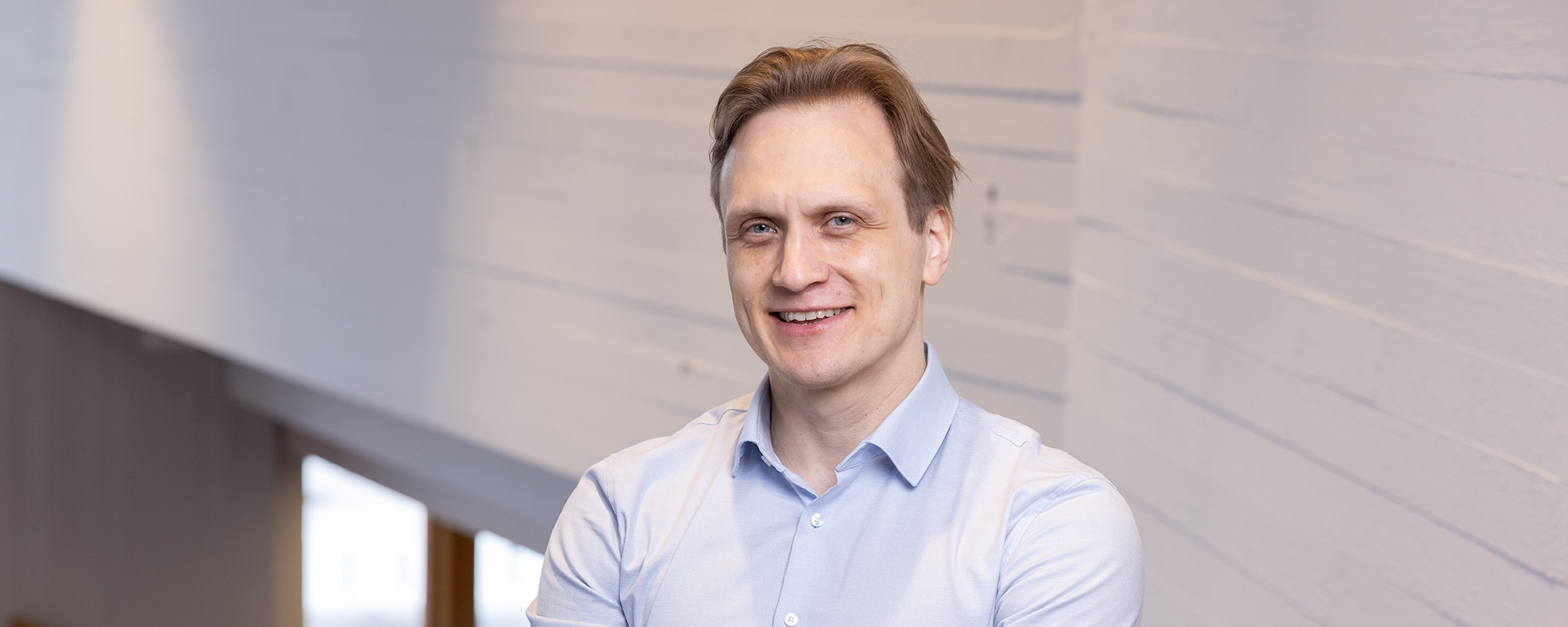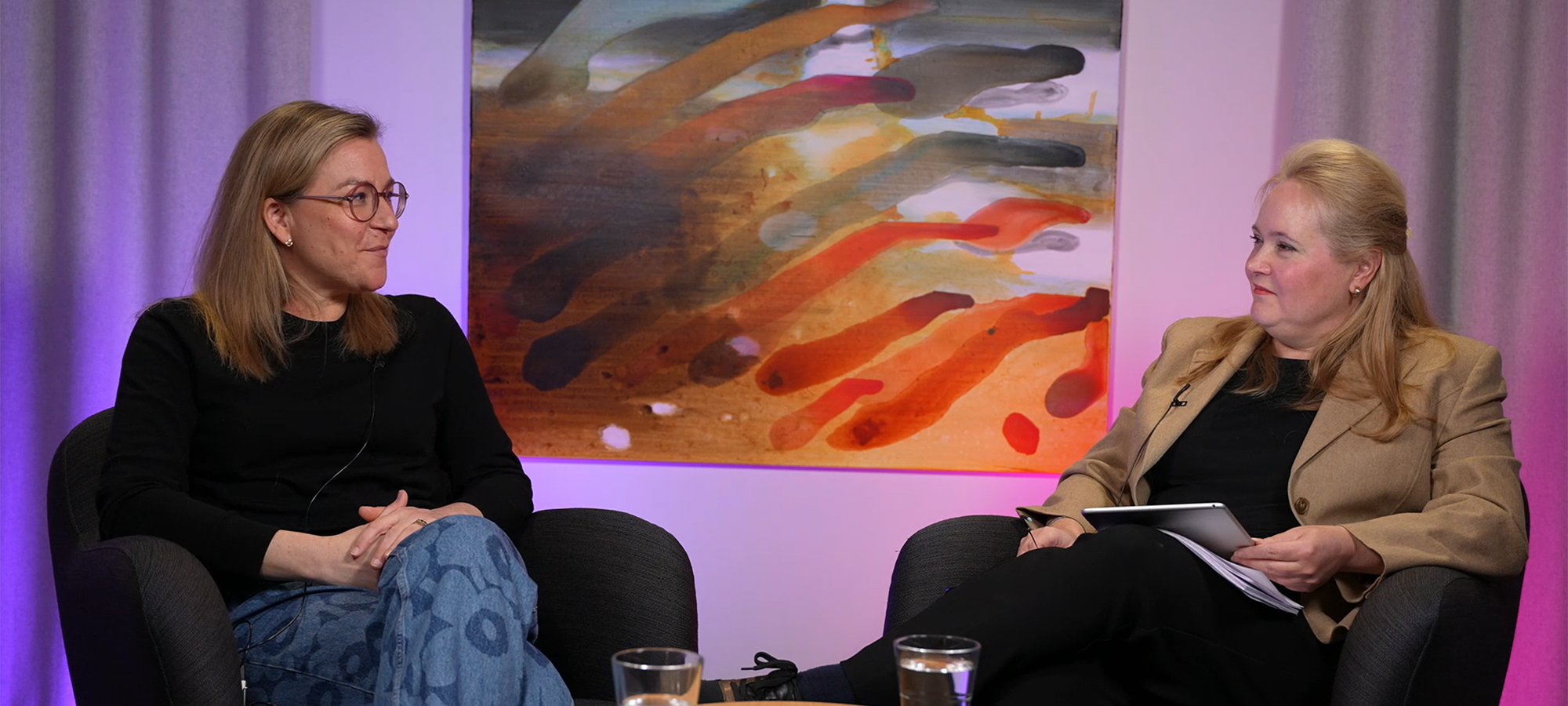Most decisions and actions in organizations lead to incremental improvements only. They produce results that are average or slightly above average. Leaders spend their time in meetings or analyzing data, making minor adjustments to work practices, products, and services—small refinements that have only a marginal impact on value creation for customers, shareholders, and society. In today’s fast-changing world, that simply isn’t enough.
It’s time to raise the level of ambition. With radical creativity, you can 100x your value creation. Radical creativity starts with the assumption that there is a fundamentally better way to do almost everything. Yes, your business has been successful. But that doesn’t mean you’ve found the best way—it just means you’ve found a way. In reality, you’re still far from unlocking your full potential.
How to unleash radical creativity in your organization? You must reject mediocrity and refuse to settle for solutions that offer only marginal gains. Every member of your organization should strive for an Olympic gold medal, not a third-place finish in a regional competition. Radical creativity starts with the belief that breakthrough value is always possible—and that anything less is not good enough.
Rethink what you produce and how you organize work. Ask yourself: What do our customers truly value? And which actions directly create that value? If you're honest, you'll realize that much of what you do is nonessential. Why waste time on anything that doesn’t meaningfully contribute? Beyond that, consider how you could generate 100x more value with new solutions and technologies that could easily improve productivity but have not yet been integrated into your organization’s routines.
These questions are both simple and complex. They come with emotional baggage that prevents us from seeing the best answers. We get anxious when we consider blowing everything up and doing things in a radically new way. Furthermore, critical thinking is unpleasant—we do not like to acknowledge that most ideas are bad. Yet, radical creativity requires accepting that only about one in twenty ideas is a great one. In other words, 19 out of 20 ideas are weak.
Radical creativity, therefore, requires emotional mastery. But this mastery does not mean toxic positivity where everyone pretends to be happy all the time. Instead, you need to stimulate emotional oscillation such that you and your colleagues experience the right emotions at the right time. Strong negative emotions when you are diagnosing problems and evaluating potential solutions. Strong positive emotions when you are generating and implementing ideas. In this way, you leverage the full potential of your people in each step of the radical creavity process and maximize your chances of 100x value creation.

